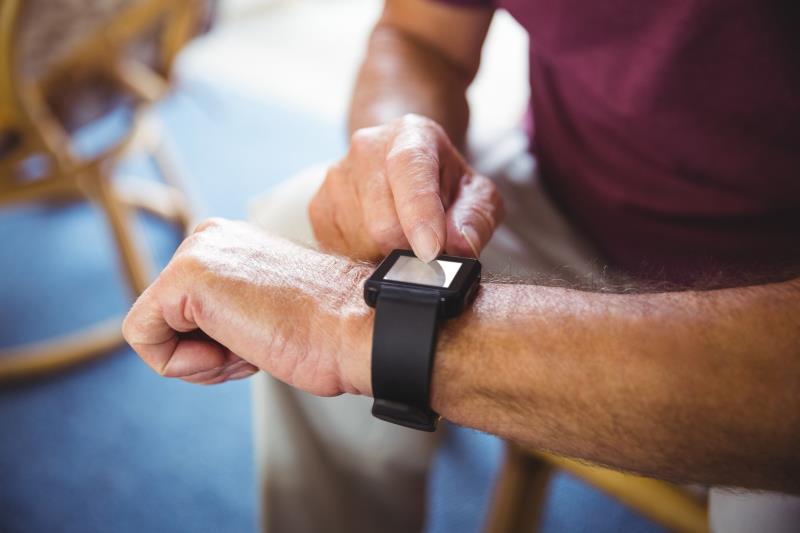
Wearable fitness trackers measure activity metrics which, in turn, reliably and independently correlate with modifiable biomarkers of cardiometabolic diseases, according to a recent Singapore study.
“With wearables, people can monitor their biometrics and activity, enabling early detection of deviations in digital biomarkers. In addition, wearables can be used to increase control over modifiable behavioural and lifestyle risk factors of cardiometabolic disease,” said researchers.
Researchers performed a cross-sectional analysis of 83 working adults (mean age, 44.3±11.9 years; 77 percent male) who had been given wearable fitness tracking devices. Participants logged a mean of 10,865 steps per day, with heart rate (HR) and resting HR (RHR) averages of 76 and 70 bpm, respectively. The mean body mass index (BMI) was 24.6±4.4 kg/m2. [JMIR Mhealth Uhealth 2020;8:e16409]
Six of the 10 cardiometabolic biomarkers included in the study were found to share correlations with the fitness tracker metrics: BMI, waist-to-hip ratio, waist circumference, systolic blood pressure (SBP), high-density lipoprotein (HDL) and triglycerides (TG). On the other hand, sedentary time, various HR measures and interdaily stability emerged as the most relevant device-based metrics.
For example, BMI was found to significantly and positively correlate with sedentary time (β, 0.1, 95 percent confidence interval [CI], 0.003–0.2; p=0.047) and time spent in vigorous physical activity (β, 0.7, 95 percent CI, 0.2–1.1; p=0.01), while it shared an inverse relationship with the difference between the average HR and RHR (delta HR; β, –0.5, 95 percent CI, –1.0 to –0.1; p=0.01).
Waist circumference, on the other hand, correlated positively with vigorous physical activity (β, 1.9, 95 percent CI, 0.6–3.2; p=0.005) and negatively with delta HR (β, –1.3, 95 percent CI, –2.4 to –0.2; p=0.03). A significant link was found between the waist-to-hip ratio and RHR (β, 0.02, 95 percent CI, 0.001–0.03; p=0.04).
Notably, device-based metrics were also found to correlate with blood biomarkers of cardiometabolic diseases. Blood triglyceride concentrations, for example, were significantly inversely associated with daily step count (β, –6.8, 95 percent CI, –13.0 to –0.6; p=0.04) and the interdaily stability of locomotor activity rhythm (β, –27.7, 95 percent CI, –48.4 to –7.0; p=0.01).
In addition, the same interdaily stability measure was significantly tied to HDL levels (β, 5.4, 95 percent CI, 1.8–9.0; p=0.005).
“Wearable fitness trackers enable the collection of biometric data, such as steps, HR and sleep characteristics, at a low cost and at a population scale, which might have clinical value and public health implications,” the researchers said. “Our findings suggest that consumer-grade fitness trackers can provide insightful information with respect to the risk factors of cardiometabolic disease.”
“Future research examining the utility of consumer-grade fitness trackers should focus on the prognostic prediction of health outcomes in free-living conditions using wearable data and recent advances in machine learning,” they added.